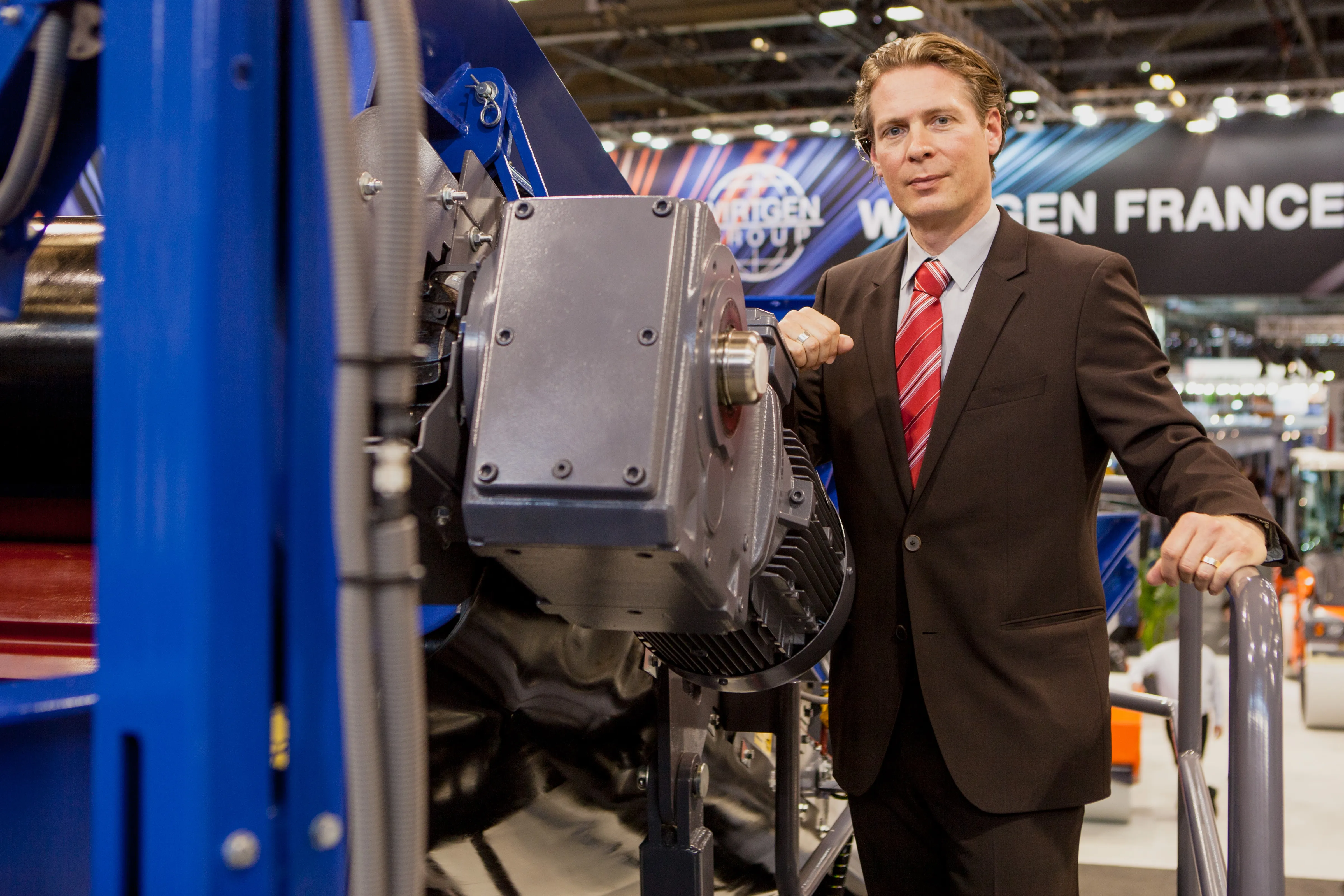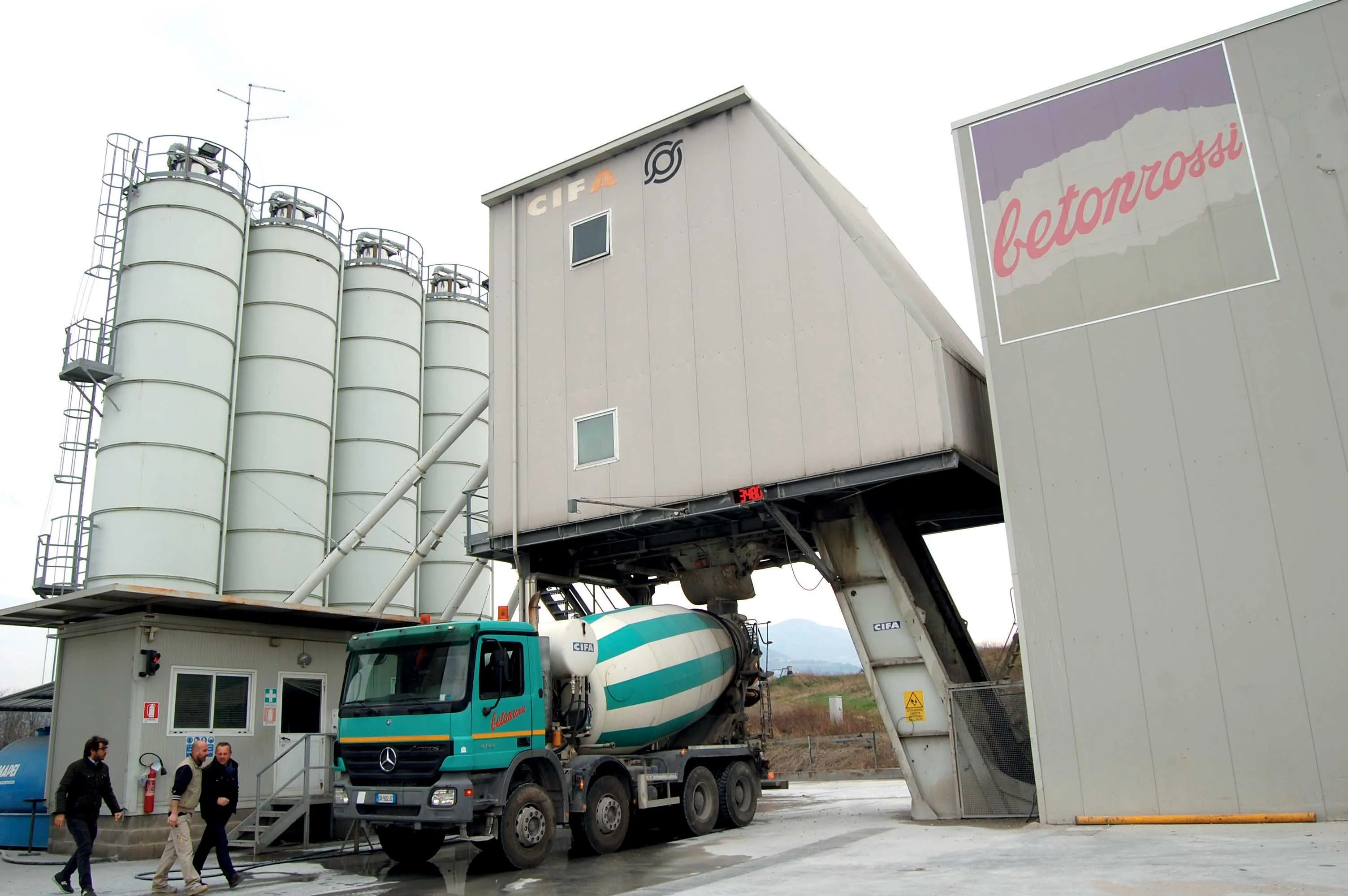Kleemann’s new mobile cone crusher, the Mobicone MCO 9 EVO, closes one of the final gaps in the company’s model range. The crusher is compatible with the mobile jaw crusher Mobicat MC 110 EVO, and has been developed especially for the needs of customers in the contractor market.
The drive concept, with a crusher direct drive as well as electric drives for the conveyor belts, is said to promise very efficient operation, and the 248kW of the drive unit is optimally used, thanks to a performance-enhanced cr
January 6, 2017
Read time: 2 mins

The drive concept, with a crusher direct drive as well as electric drives for the conveyor belts, is said to promise very efficient operation, and the 248kW of the drive unit is optimally used, thanks to a performance-enhanced crusher housing design. A continuous drive power at the crusher of 160kW is available. With crushing capacities of up to 260tonnes/hour, it is optionally equipped with an anti-spin system, which prevents the crusher cone from rotating, thus significantly reducing the wear in this area. Weighing 30tonnes, the MCO 9 EVO is said to be easy to transport and is ready for operation again quickly. “The operation of the plant in conjunction with a mobile jaw crusher of type Mobicat MC 110 Z EVO, which possesses the same drive concept, results in the best possibilities of electrical locking. An ideal material flow is always top priority with a linked plant combination,” says the company. Both plants are equipped with a so-called Continuous Feed System (CFS), which individually controls the material flow of each plant. If the control systems of the plants are connected, both CFS exchange information with each other. This means that the MCO 9 controls not only its own conveyor unit via its crusher filling level, but also the conveyor elements of the upstream MC 110.







